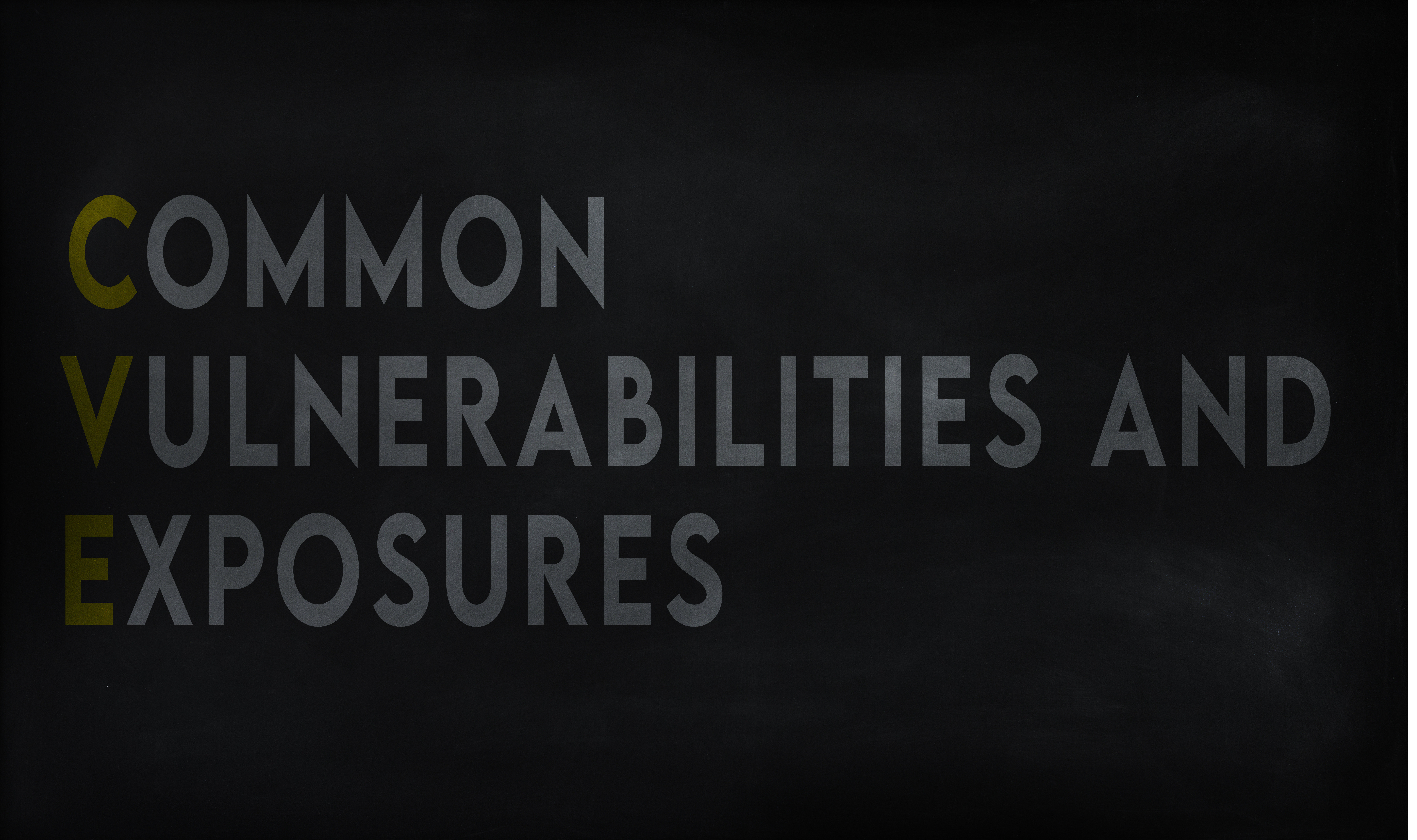The CVE Program Nearly Went Dark—Here’s What MSPs Should Take from It

For a tense 24 hours in mid-April, the cybersecurity world held its breath. MITRE Corporation announced that federal funding for the Common Vulnerabilities and Exposures (CVE) program would expire on April 16, 2025. No contingency plan was in place.
The potential funding lapse threatened a system that security teams worldwide use daily to identify and track software vulnerabilities. Without it, the tools lack a shared language. Threat intelligence fragments. MSPs lose visibility—and their clients risk losing protection.
Fortunately, CISA stepped in at the last minute with a clear statement: the program would remain funded, and services would continue without interruption. The contract's option period was executed just before the expiration deadline.
This near-miss represents a pivotal moment for those of us who run vulnerability management programs, especially for MSPs tasked with scaling security across dozens or even hundreds of client environments. How we respond—not react—over the next 6 to 12 months will define whether we lead through uncertainty or simply get dragged along by it.
What CVEs Mean for Your Security Stack
Common Vulnerabilities and Exposures (CVEs) serve as the connective tissue between vulnerability scanners, patch management tools, SOC dashboards, and compliance frameworks. Each vulnerability receives a unique CVE ID (like CVE-2023-12345), enabling interoperability and automation that helps MSPs scale their security operations.
When a zero-day vulnerability emerges, security vendors and analysts wait for a CVE ID to be assigned. This standardized identifier creates a consistent reference point that security professionals use across different tools, platforms, and organizations.
When the system that generates these identifiers faces disruption, the entire ecosystem that depends on them begins to fray. MSPs are often on the front lines, feeling that tension first.
The Direct Impact on MSP Operations
Let's consider a scenario: Imagine CISA hadn't extended the CVE program funding, or a similar situation arises in the future. You're running vulnerability scans next week, and a new vulnerability is disclosed affecting a popular firewall appliance. The vendor issues an advisory, but there's no CVE ID assigned yet because of backlogs caused by funding issues.
The consequences would be immediate and concerning:
- Your tools might not ingest that vulnerability data
- Your automation workflows might skip it entirely
- No alerts would be generated
- No tickets would be created
- The vulnerability wouldn't be prioritized
Now multiply that across 50 or 100 clients. The signal-to-noise ratio in your vulnerability reports would drop, remediation timelines would increase, and your clients would be potentially exposed and unaware.
Today's Threat Environment Requires Greater Resilience
This isn't the first time we've seen disruptions in the CVE process. We've weathered funding issues, disagreements over CVE assignments, and debates about the program's scope before.
What's different now is the growing complexity of threats and the increasing velocity of change. With AI in the picture, the dynamics have changed. We operate in conditions where attackers exploit vulnerabilities within days, hours, or even minutes of disclosure. Supply chain compromises, shadow IT, and AI-generated exploits have accelerated the tempo of attacks.
The real risk isn't just missing a few vulnerabilities—it's that our entire strategy for managing them becomes brittle when the data we rely on is delayed, disputed, or completely missing.
A Proactive Path Forward for MSPs
What can MSPs do to prepare for future uncertainty in vulnerability intelligence?
1. Elevation — Stop treating vulnerability management like a checkbox activity and start treating it as a core business function. For MSPs focused on driving value, this means connecting security directly to business outcomes that clients understand and value.
2. Maturity — Move beyond the basic “scan and patch” cycle to a more mature “identify, prioritize, and operationalize a response” approach. This creates more resilience in your security program.
3. Diversity — Build redundancy in your intelligence sources. If your platform depends solely on CVE data, you're taking an unnecessary risk. Incorporate:
- Vendor-issued security advisories
- Exploit prediction models
- Fine-tuned internal detection rules
- Platforms that augment and enrich CVE data, not just consume it
4. Communication — Educate your clients on what this means for them. Good MSPs explain risk in business terms, taking engagements beyond just fixing security gaps. Use moments like these to start conversations with clients about maintaining security even when the systems around us face uncertainty.
ConnectSecure's Approach to Resilient Security
At ConnectSecure, we've prepared for this type of disruption by understanding the fundamental nature of risk. Our platform pulls from multiple data sources, not just the National Vulnerability Database (NVD):
- Real-time vendor advisories
- Exploit Prediction Scoring System (EPSS) models
- Our own curated intelligence
We provide daily updates across more than 200,000 CVEs, but we go further by highlighting which vulnerabilities are likely to be exploited. This helps MSPs focus on what truly matters amid the noise of thousands of vulnerabilities. With automated remediation plans built in, the platform identifies risk—and resolves it efficiently and consistently across your entire client base.
Building a Resilient Security Mindset
So, what should we take away from this sudden funding scare?
The key is not just to recognize the potential disruptions but to actively prepare for them. Moving forward requires a plan, a playbook, and a mindset that treats uncertainty as normal, not exceptional. The security field faces an era where defense system foundations — standards, funding, and governance — may fluctuate unexpectedly. These challenges create opportunities for forward-thinking MSPs ready to lead the way.
The fact is MSPs now serve as stewards of trust, translators of risk, and defenders of business continuity — far beyond their traditional role as technology providers. Developing systems that anticipate change, rather than reacting to it, provides the best path forward.
Read More: